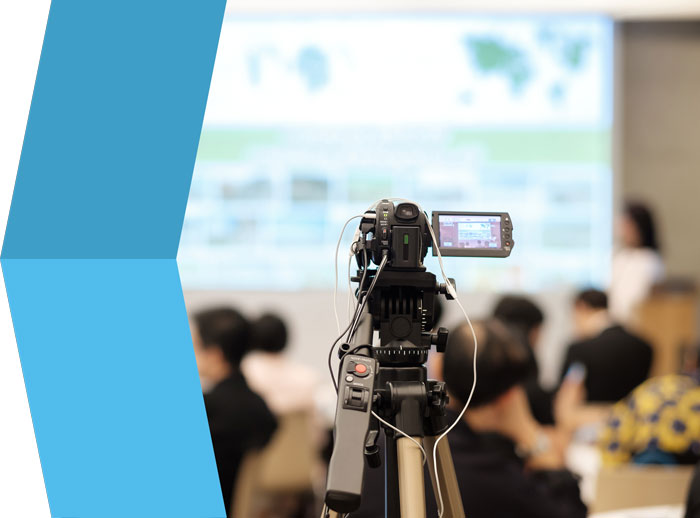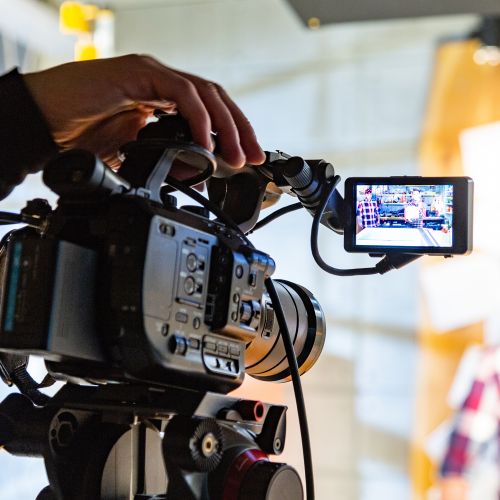Why Lawful Videography Is Essential for Accurate Legal Record-Keeping
In the world of lawful process, the precision of record-keeping is extremely important, and lawful videography emerges as a vital tool in this context. As we explore the diverse benefits of lawful videography, one should consider its effects for the future of judicial stability and openness.
Value of Visual Proof
Developing the value of visual proof in lawful proceedings is paramount for making sure accurate record-keeping and boosting the total integrity of the judicial procedure. Visual proof works as a crucial tool in documenting occasions, problems, and various other significant information that might be vital to a situation. Unlike composed accounts, which are prone to interpretation and predisposition, visual recordings provide a goal, unalterable representation of realities as they took place.
This form of proof can capture a variety of elements, including witness habits, ecological context, and physical evidence, all of which may affect judicial outcomes. By providing a clear and detailed visual narrative, lawful videography removes ambiguity and helps to protect the authenticity of the proof.
Furthermore, visual proof can be critical in minimizing disputes over accurate discrepancies, as it permits for a straight contrast versus testimony and other documented documents. In an age where electronic innovation is increasingly common, the capability to present aesthetic evidence successfully can dramatically improve the overall top quality of lawful procedures. Ultimately, the unification of visual evidence not just bolsters the documents procedure but also enhances public rely on the judicial system by advertising openness and liability.
Enhancing Testimony Trustworthiness
The combination of lawful videography into courtroom proceedings substantially improves the integrity of witness testimony. By catching the subtleties of spoken and non-verbal communication, video clip recordings offer an even more detailed representation of a witness's temperament, feelings, and integrity. This aesthetic paperwork enables jurors to observe the witness's body language, faces, and general comportment, which are crucial components that can affect their perception of testament reputation.

In addition, the existence of video clip footage can deter witnesses from giving deceptive or overstated statements, as they are aware that their statement is being videotaped. This liability strengthens the stability of the judicial procedure. Ultimately, legal videography functions as a crucial device in making sure that witness testimony is not only precisely shown but likewise watched with increased trustworthiness by all parties involved.
Comprehensive Record Conservation
Comprehensive document conservation is essential for maintaining the stability of legal procedures. Legal videography works as an essential tool in this procedure, giving an accurate aesthetic and auditory account of testimonies, depositions, and other zero hours in a case. Unlike conventional written transcripts, video clip recordings capture the subtleties of body language, tone, and emotion, which are essential for comprehending the context and intent behind statements made throughout lawful process.
Incorporating audiovisual aspects into record-keeping improves the preservation of evidence, making sure that it remains intact and accessible throughout the lawful process. This is especially vital in situations where the integrity of witness declarations may be tested, as visual recordings can validate cases and give quality. Furthermore, video records can be very useful throughout appeals or retrials, supplying an unaltered representation of the original testimony.

Additionally, the capability to assess video evidence permits legal professionals to recognize critical information that may have been ignored in created documents. By keeping a detailed archive of lawful process via videography, law practice can webpage copyright the greatest standards of accuracy and accountability, inevitably contributing to a fairer judicial process.
Simplifying Lawful Procedures
Improving lawful process is essential for improving efficiency and lowering delays within the judicial system. Lawful videography functions as a critical tool in accomplishing this goal by giving clear and accurate aesthetic documents of court hearings, depositions, and statements - legal videography. This innovation enables real-time recording, making sure that all verbal and non-verbal cues are caught, which can promote quicker resolution of disagreements
The integration of videography right into lawful processes reduces dependence on traditional approaches, such as extensive records, which can be time-consuming to create and examine. By having access to videotaped footage, lawyers can promptly reference crucial more tips here moments, improving their capability to prepare and existing cases successfully. This immediacy also helps in the clarifying of testimonies, lowering the possibility for misconception.

Admissibility in Court
Accurate paperwork is essential not just for performance but additionally for making sure that evidence is acceptable in court. Lawful videography works as an essential device in this procedure, providing a trusted aesthetic record of statements, statements, and events. Courts frequently need proof to meet specific requirements of admissibility, consisting of relevance, credibility, and reliability. High-quality video clip recordings can fulfill these standards by capturing clear sound and aesthetic information that written records might neglect.
To be considered permissible, legal videography needs to stick to well-known protocols, such as appropriate equipment use, suitable illumination, and clear audio capture. Additionally, it is important to have actually certified videographers who comprehend the legal demands surrounding proof collection. legal videography. have a peek at this website The chain of guardianship must also be kept to stop any type of cases of meddling or modification
Moreover, legal videography can enhance the persuasiveness of evidence by providing jurors with a direct view of the statement, allowing for an extra involved understanding of the situation. In summary, the integration of legal videography into record-keeping not only supports performance yet likewise boosts the honesty and admissibility of proof in court proceedings.
Conclusion
Finally, legal videography plays a pivotal function in ensuring accurate legal record-keeping by giving objective aesthetic documents. This method improves the integrity of testaments, protects detailed records, and simplifies legal proceedings. Furthermore, the admissibility of high-grade video clip evidence in court more emphasizes its value. Ultimately, the incorporation of lawful videography into the judicial process promotes openness and reinforces public trust fund in the honesty of the lawful system.
Comments on “Advanced Legal Videography for Depositions.”